
VARIABLE RESISTANCE TRAINING
A great way to improve your overall health and fitness

VARIABLE RESISTANCE TRAINING
A great way to improve your overall health and fitness
What is Variable Resistance Training (VRT)?
Variable Resistance Training (VRT) or Dynamic Variable Resistance Exercise is a form of strength training that applies dynamic forces to target muscles. Variable resistance mimics the natural strength curve of the body during movement. VRT forces the muscles to work harder when they are at their strongest to meet the demands of the exercise.
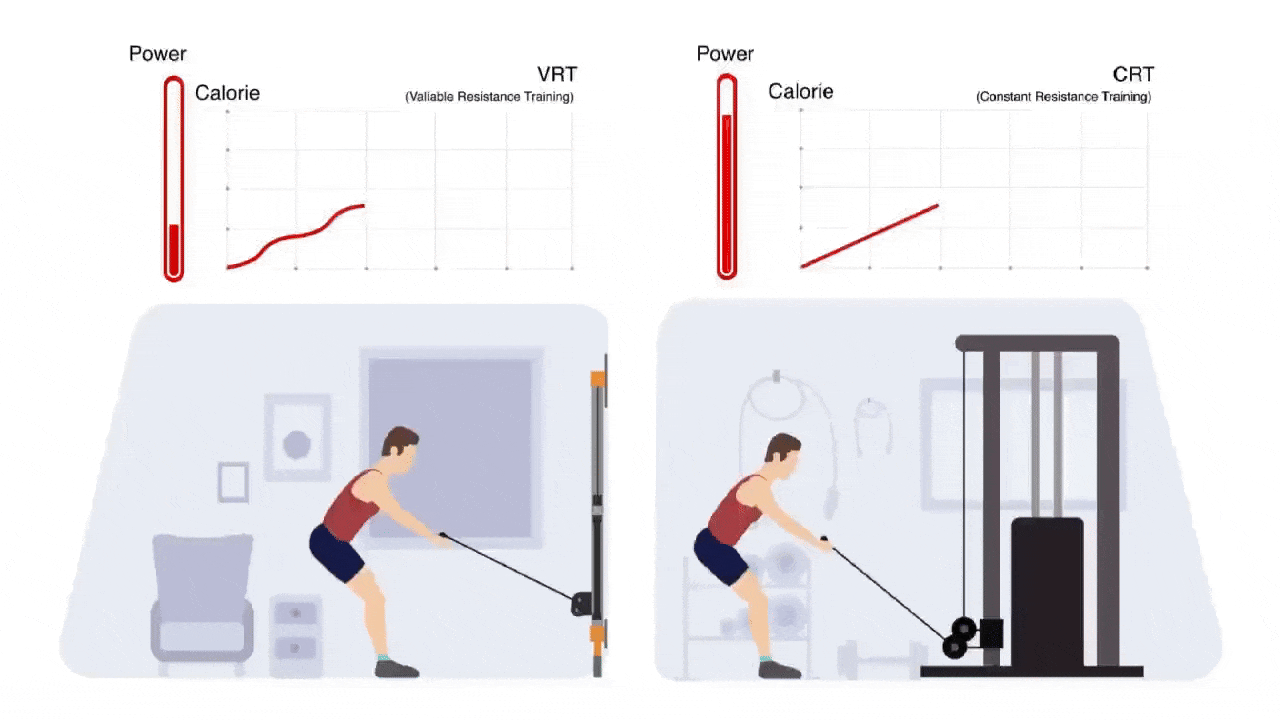

Physiological and Biomechanical Mechanisms
Gradually increasing external resistance can cause instability during training, which optimizes muscle strength growth stimuli and increases neuromuscular control demands. This leads to greater motor unit recruitment and rate coding, likely improving coordination between agonistic and antagonistic muscles. Variable resistance training (VRT) heightens load variability and instability, enhancing neural adaptations, motor unit recruitment, and muscle coordination. These improvements boost muscle strength performance, including 1RM and RFD, while also enhancing fatigue resistance in some trainees.


VRT Biomechanical Characteristics
A sticking point in resistance training is a speed loss during movement, typically occurring between 35% and 45% of the range of motion. This region is the least efficient, especially when loads reach 80%-90% of 1RM, as muscles struggle to meet demands. Recent research shows that VRT can increase RFD and muscle strength more effectively than traditional training by enhancing neural impulses and muscle activation, leading to greater force generation during the final part of the concentric phase.


VRT Theoretical Foundations
In traditional resistance training, muscle force varies with joint mechanics. To address this, variable resistance equipment adjusts resistance in real-time based on joint angles, maximizing muscle output and improving power training by compensating for mechanical disadvantages and acceleration changes.


Force Changing During Motion
Weak and Strong Phases of Muscle Strength
During resistance training, the body faces mechanical disadvantages at 'sticking points' due to its biomechanical lever structure. Adjusting resistance can align with muscle length-tension changes, enhancing strength in the concentric phase. Research shows that VRT improves both maximum strength and rate of force development (RFD).
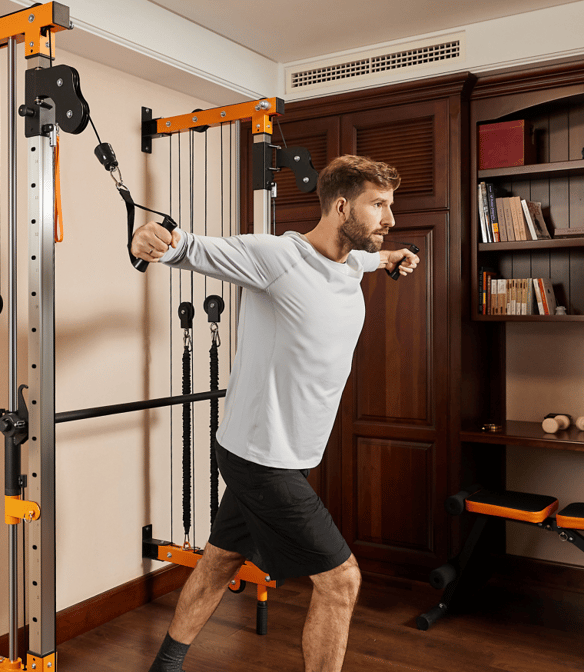

Weak Phase
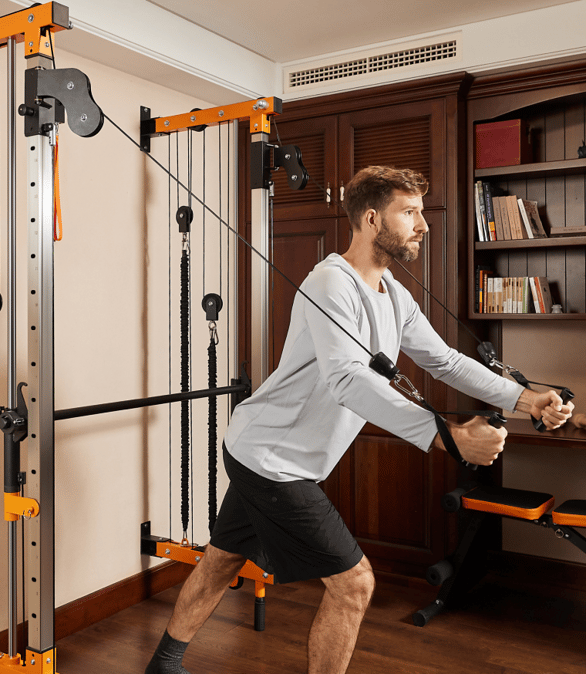

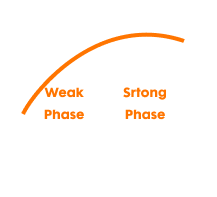

Strong Phase


Directional constraints of different training methods
During training, different parts of the body have unique biomechanical orientations for their joints, bones, and muscle fibers. If specific directional resistance stimuli are applied during training, it can be beneficial for strength, coordination, and balance. The following compares the directions of force application for constant-weight devices, heavy chains, standard resistance bands, and Vimexer resistance devices.
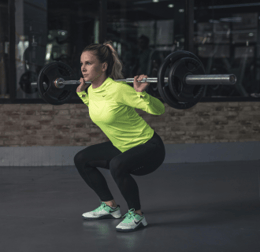

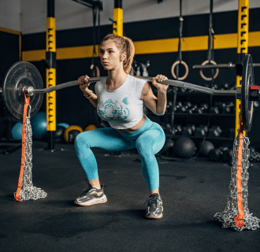

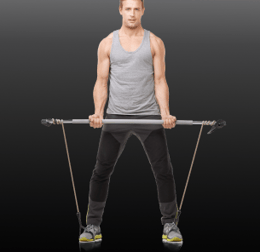

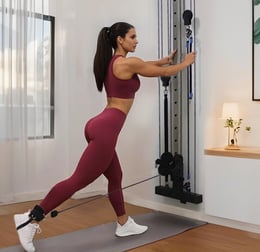

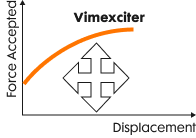





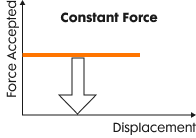

Why do professional athletes need variable resistance training?
Variable resistance is crucial for professional athletes, who constantly push their physical limits to improve strength, speed, and endurance. This type of training helps athletes safely increase strength training intensity, maximizing muscle growth and fat loss.
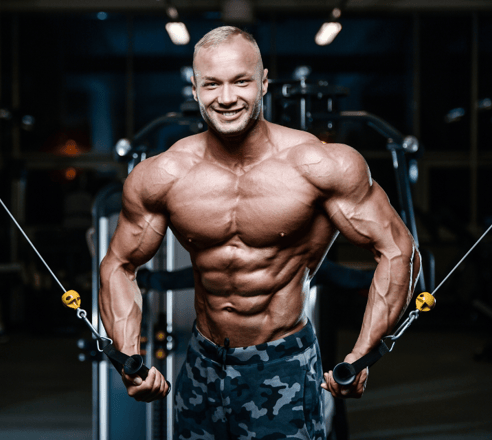

Variable Resistance
Rehabilitation Training
Variable resistance bands are useful in strength training and rehabilitation due to their adjustable intensity. They help gradually strengthen and control injured joints and enable people to perform exercises that might be challenging for some.


© 2025. All rights reserved.
CARRER BALENYÀ 17
08551 TONA
BARCELONA SPAIN
info@vimexer.com
Shop
MF-02 3-IN-1 DIPS STATION
